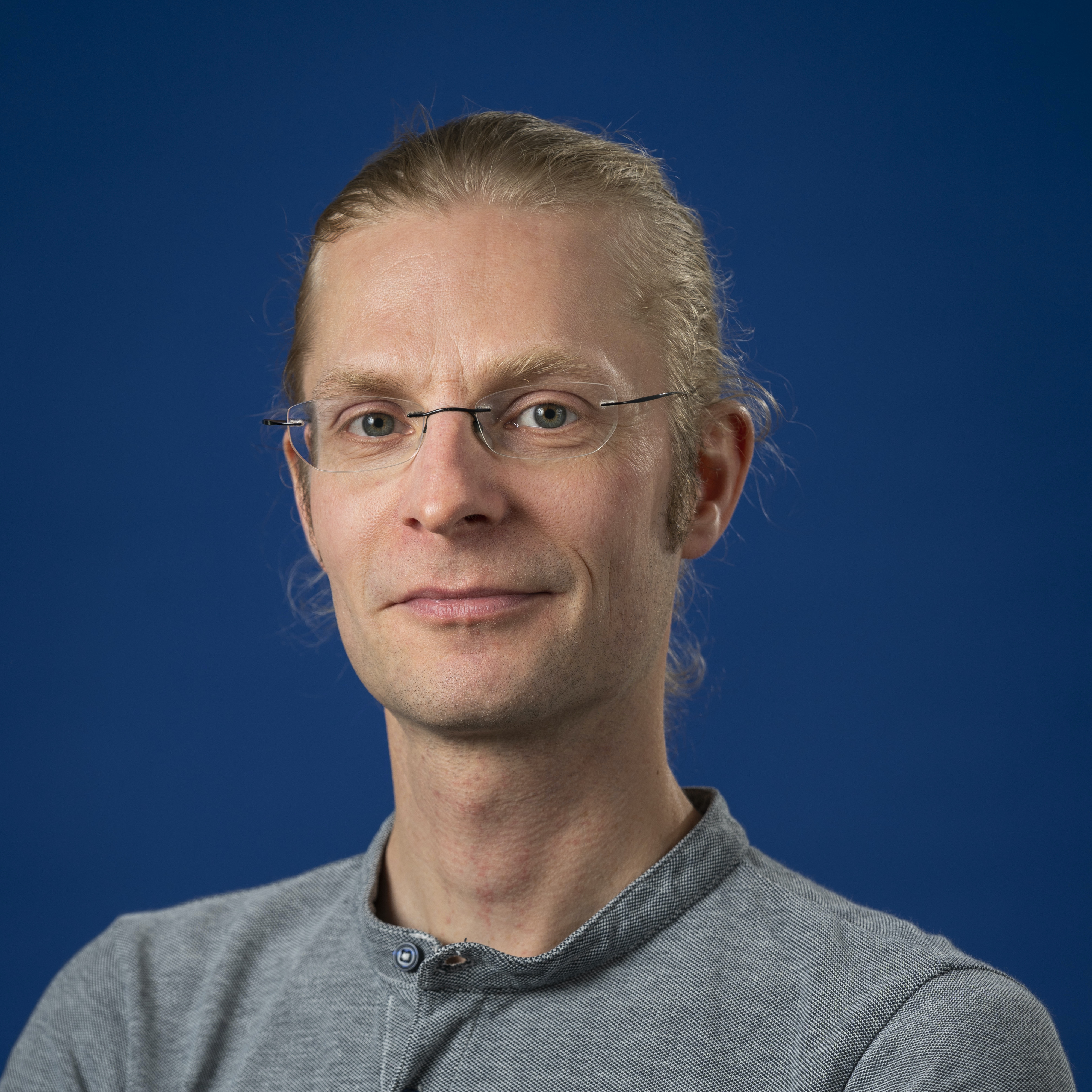About my profession
I work as a metrology specialist at the Authority for Digital Infrastructure, part of the Dutch Ministry of Economic Affairs and Climate Policy. My work helps ensure that only trustworthy measuring instruments can enter the market. This is important for consumers and other market players, because these devices measure quantities such as electrical energy, mass of traded goods, or volume of fuel or other liquids or gases. Markets and requirements for instruments are very much an international affair. I represent The Netherlands in a European and global context.
:: Education and previous jobs ::
I was trained in astrophysics, leading to an MSc (University of Groningen, NL) and a PhD (SRON and University of Groningen). I subsequently worked as a Canadian Space Agency research fellow in the astronomy group at the University of Lethbridge, Alberta (Canada); as postdoctoral researcher at the Niels Bohr Institute (University of Copenhagen, DK); and in the Science Operations & Support team at ASTRON Netherlands Institute for Radio Astronomy, supporting the operations of the 'low frequency'* radio observatory LOFAR. See my short cv for a timeline, and the Science paragraph below for a description of some of my astronomical, scientific work.
Contact
Science
The original reason for the existence of this webpage was to have an online presence in the scientific community, to help fellow astronomers find me as I moved from job to job within astronomy. I have kept the description of my scientific activities here, for 'historical' purposes :-).
:: Gas, dust, and protostars ::
My scientific work has revolved around the study of molecules and dust in the immediate environment of protostars, including circumstellar envelopes, planet-forming disks, and outflows. The aim is to understand how the central, young stars influence the physical and chemical processes at play in their surroundings. The physical processes that control the formation of stars and their planets are interesting because we want to know how stars and planets are made, but also because these are the processes that set the scene for the emergence of life.
:: Team work ::
I have been involved in several research programs, without exception collaborative in nature. Some recent examples include (1) REALM (also known as 'YODA'), set out to study outflow dynamics and protoplanetary disk structure at spatial scales of a few au; (2) PILS, detecting a plethora of large, biologically relevant molecules, while also facilitating the study of dynamics in a famous binary protostar; and (3) preparations for SKA science in the context of planet formation and complex molecules.
:: Spectral surveys ::
Much of my research has built on spectral surveys of molecular line emission at (far)-infrared and (sub)millimeter wavelengths. Here, the word 'survey' refers to scanning all wavelengths accessible to a particular instrument, usually toward a limited sample of targets. For this purpose, I have used several (imaging) spectrometer instruments, in rough chronological order: (1) heterodyne receivers at JCMT on Mauna Kea, Hawai'i [SLS program, Van der Wiel+ 2009, 2011]; (2) FTS and heterodyne spectrometers on board the Herschel Space Observatory, which — as the name suggests — operated from space rather than from a mountain top [Van der Wiel+ 2010, 2013, 2014, 2016]; and (3) the interferometer array ALMA, located in northern Chile [PILS, Jørgensen & Van der Wiel+ 2016, Van der Wiel+ 2019].

